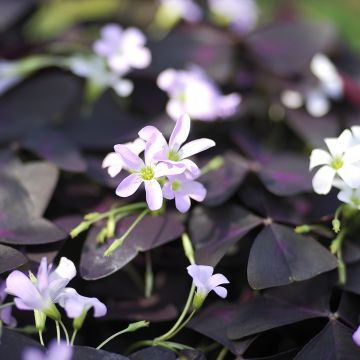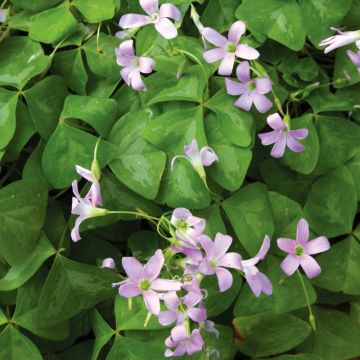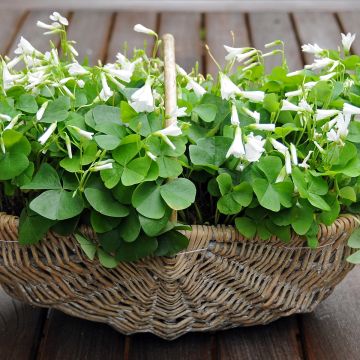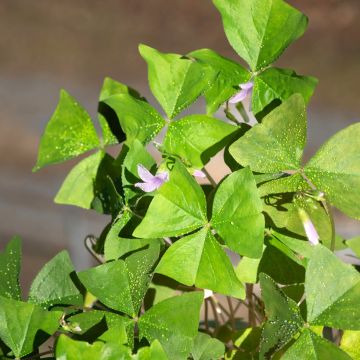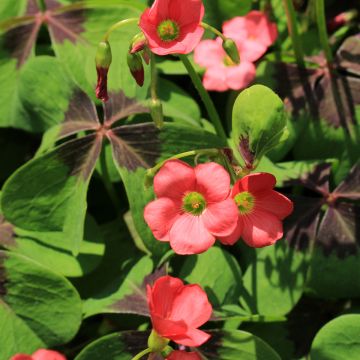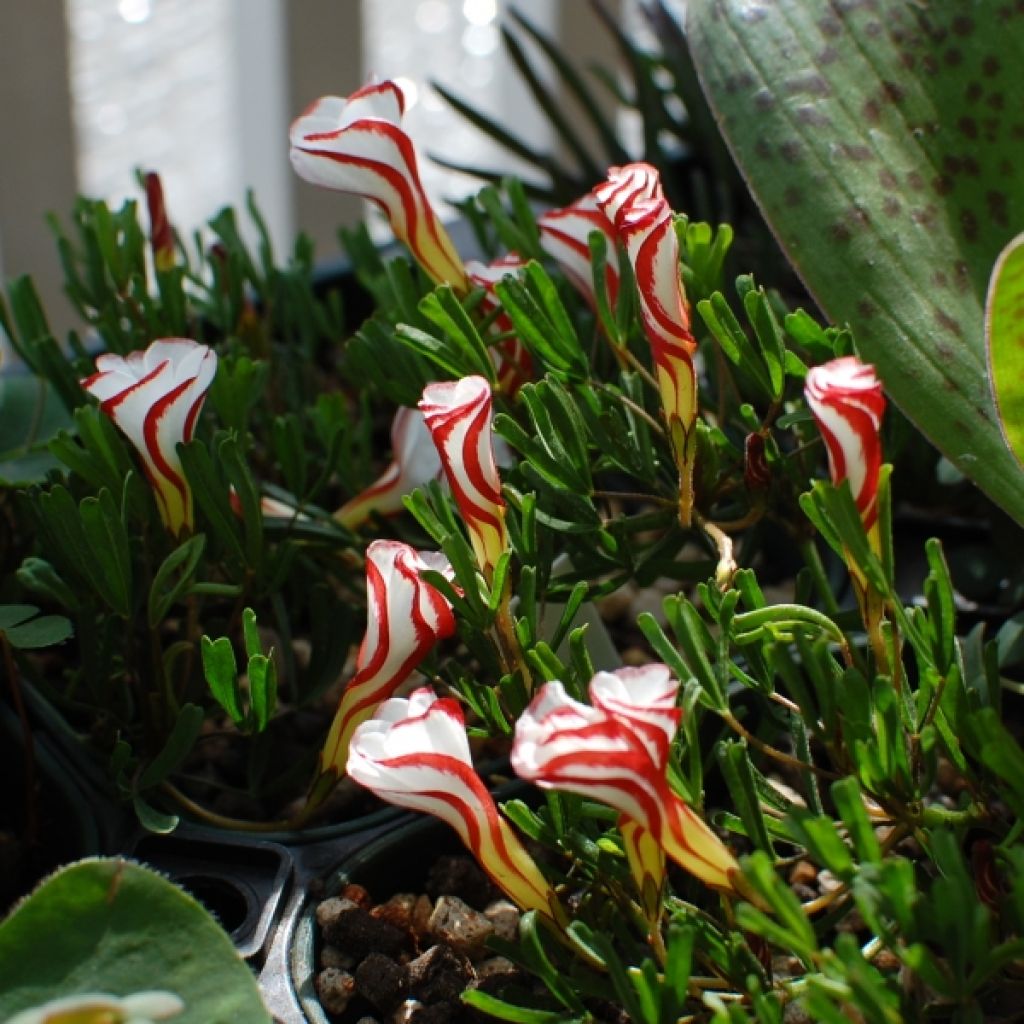

Oxalis versicolor
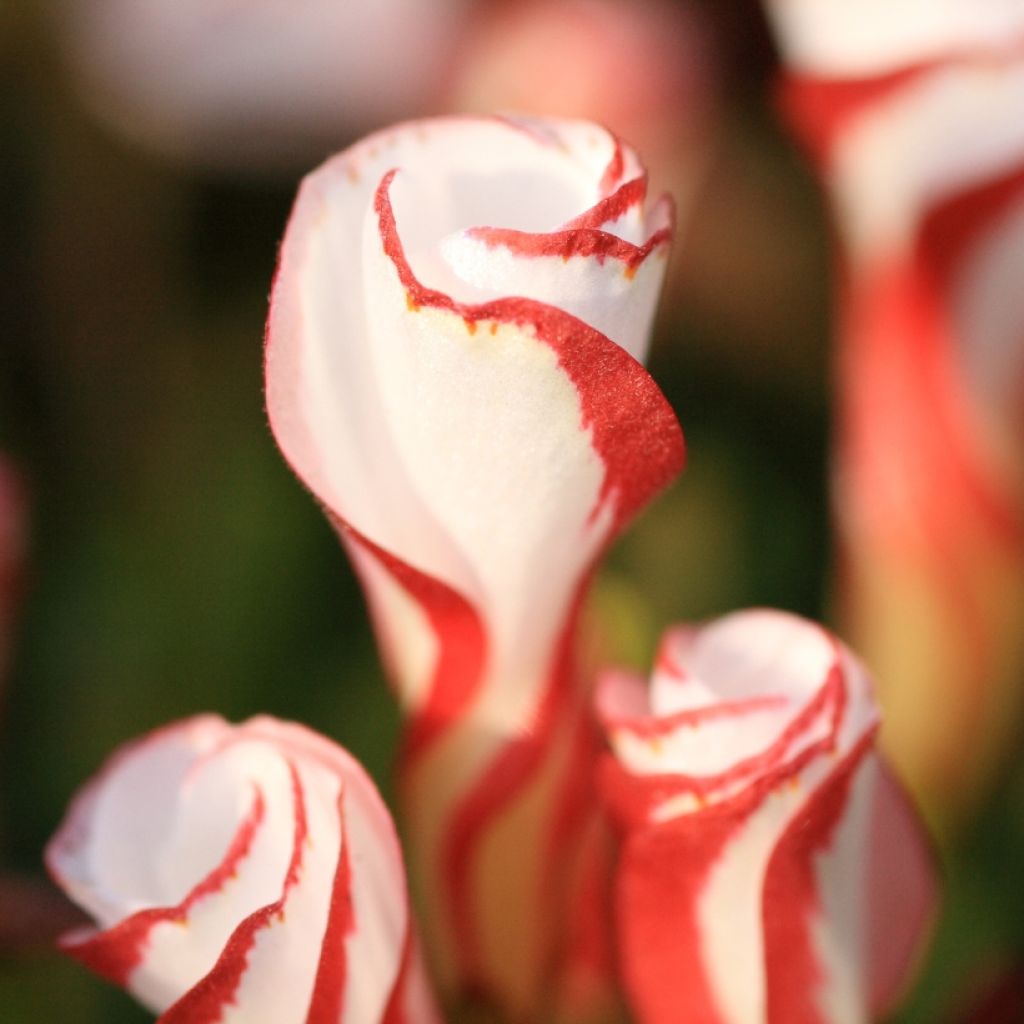

Oxalis versicolor
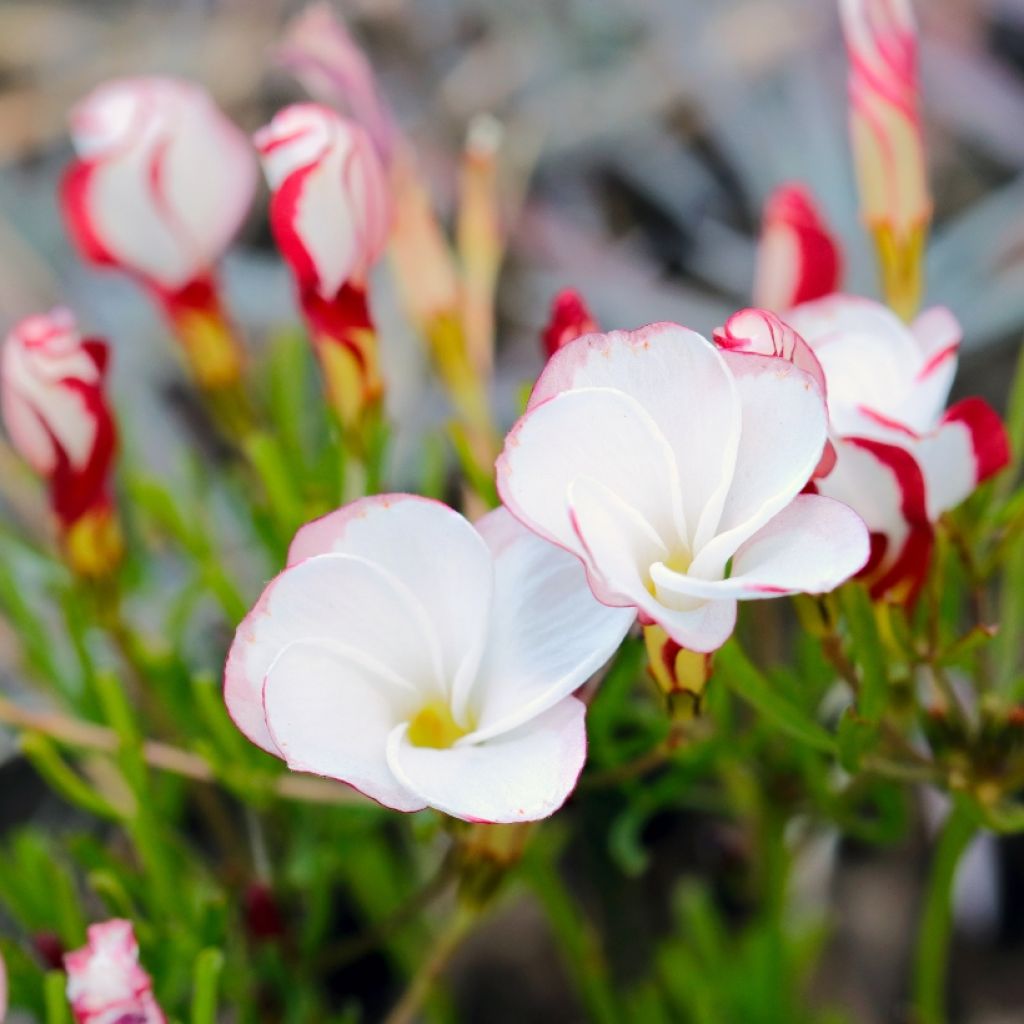

Oxalis versicolor
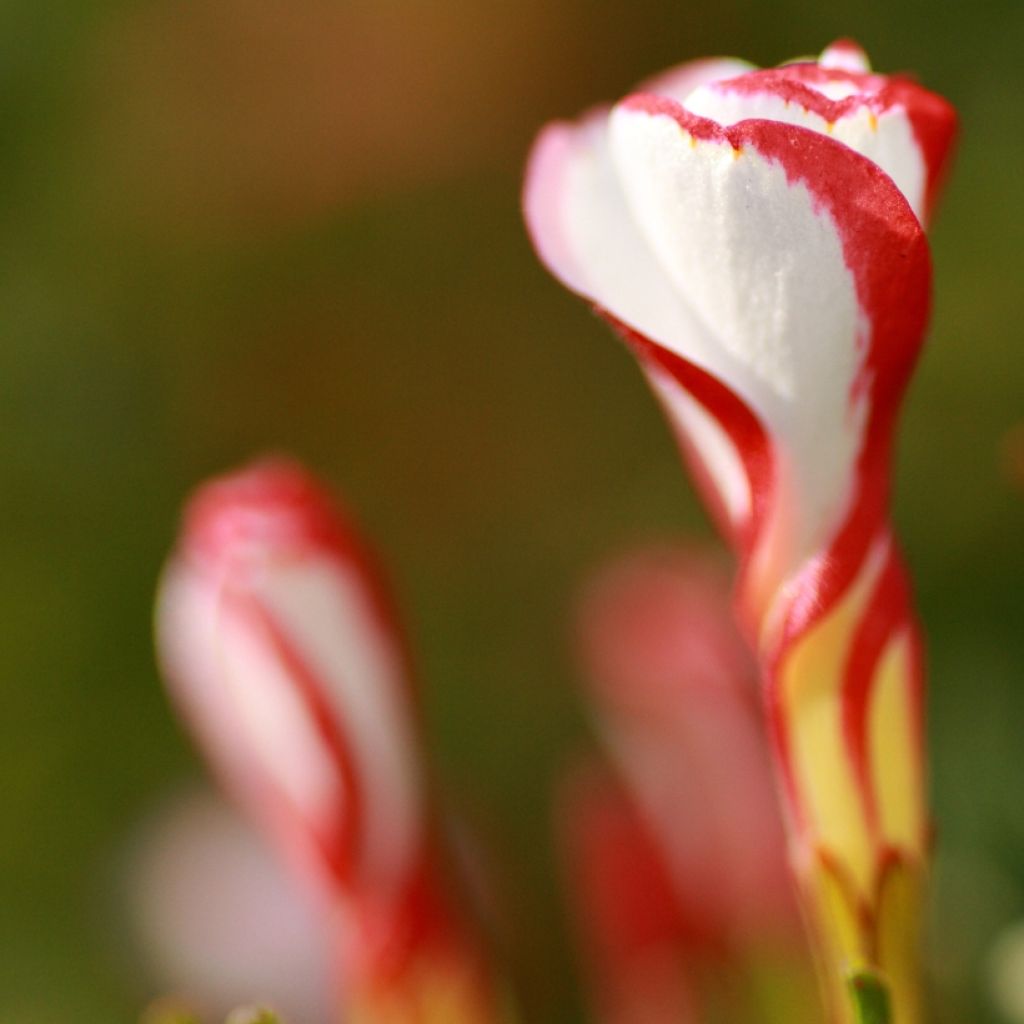

Oxalis versicolor
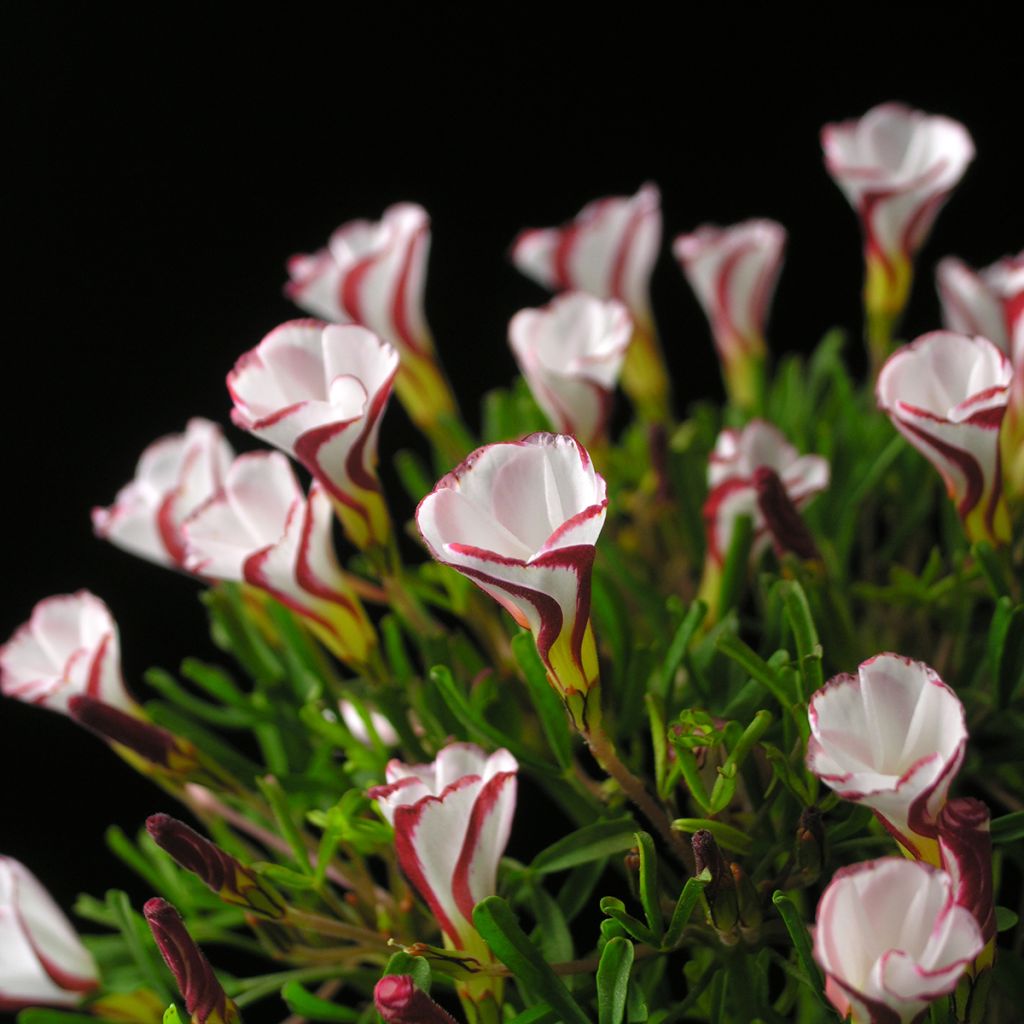

Oxalis versicolor
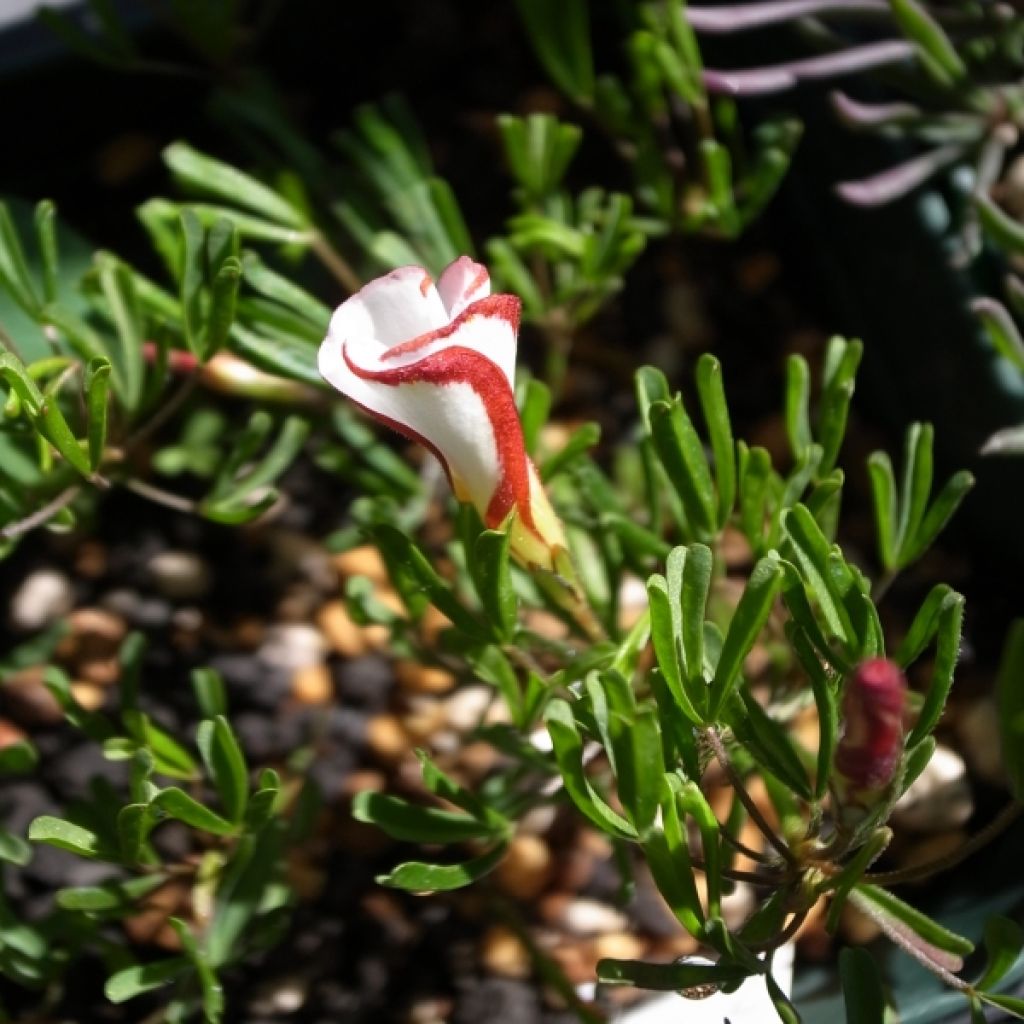

Oxalis versicolor
Oxalis versicolor
Oxalis versicolor
Candy Cane Sorrel
The bulbs are in excellent condition, carefully packed. They arrived in Bulgaria undamaged and on time. Glossary: - bulbs: bulbes - undamaged: en bon état - on time: à temps
Iveta, 22/10/2024
Why not try an alternative variety in stock?
View all →This plant carries a 6 months recovery warranty
More information
We guarantee the quality of our plants for a full growing cycle, and will replace at our expense any plant that fails to recover under normal climatic and planting conditions.
From €5.90 for pickup delivery and €6.90 for home delivery
Express home delivery from €8.90.

Does this plant fit my garden?
Set up your Plantfit profile →
Description
When tOxalis versicolor blooms, which is during long weeks, it's a true delight. On its tender green clover-like leaves, small unopened turbinate flowers stand, with a fine border of cherry red-pink drawing a beginning of a spiral on a white background. These adorable buds, reminiscent of sweets, candy canes or barley sugar, open into small white flowers. This small bulbous plant native to the southern hemisphere has an inverted vegetative cycle: it flowers during winter in our climates and goes dormant in summer. As it is not very hardy, it is preferable to cultivate it in a pot and bring it indoors as soon as temperatures approach 0°C (32°F). It will brighten up your interior during the coldest months!
Oxalis versicolor, also known as Oxalis, is a plant from the Oxalidaceae family, with the genus comprising around 500 species, most of which are perennial bulbous plants native to South Africa and South America. In nature, in the southern Cape region, this botanical species grows in pockets of soil on cliffs and rocks. It slowly colonizes its environment by propagating through bulbs, without being invasive like other Oxalis. The foliage, 10cm (4in) tall, is unique. It is composed of finely trilobed, tender green leaves, arranged in a palmate shape. When sunlight decreases, the leaves fold in on themselves. The flowering normally takes place from October to March, with a peak from December to February. The funnel-shaped flowers, gathered in umbellate clusters, are composed of 5 petals arranged in a helix, slightly overlapping, white on the inside. The reverse of the petals is highlighted by a fine cherry red border, making them appear as lovely when open as when closed. These corollas, just like the foliage, open in the sun and close in the shade and at night. The plant is deciduous in summer.
This plant, both unique and delightful, can only be grown in open ground in our mildest regions. However, its cultivation in pots with a moist soil during flowering poses no problem. Its winter flowering brings a bit of color and a breath of spring into the house, at a time of year when blooms are rare.
Report an error about the product description
Plant habit
Flowering
Foliage
Botanical data
Oxalis
versicolor
Oxalidaceae
Candy Cane Sorrel
South Africa
Other Oxalis
Planting and care
Plant your Oxalis versicolor bulbs as soon as you receive them, at a depth of 8cm (3in), spaced 7/8cm (3in) apart, in well-drained soil, kept moist throughout the growing season. In pots, they are extraordinary and produce more flowers each year. Suitable for indoor use and on your terraces and balconies. Can be grown in the garden in regions without winter frost. Don't hesitate to separate the bulblets from time to time to multiply your potted plants.
Planting period
Intended location
Care
-
, onOrder confirmed
Reply from on Promesse de fleurs
Haven't found what you were looking for?
Hardiness is the lowest winter temperature a plant can endure without suffering serious damage or even dying. However, hardiness is affected by location (a sheltered area, such as a patio), protection (winter cover) and soil type (hardiness is improved by well-drained soil).

Photo Sharing Terms & Conditions
In order to encourage gardeners to interact and share their experiences, Promesse de fleurs offers various media enabling content to be uploaded onto its Site - in particular via the ‘Photo sharing’ module.
The User agrees to refrain from:
- Posting any content that is illegal, prejudicial, insulting, racist, inciteful to hatred, revisionist, contrary to public decency, that infringes on privacy or on the privacy rights of third parties, in particular the publicity rights of persons and goods, intellectual property rights, or the right to privacy.
- Submitting content on behalf of a third party;
- Impersonate the identity of a third party and/or publish any personal information about a third party;
In general, the User undertakes to refrain from any unethical behaviour.
All Content (in particular text, comments, files, images, photos, videos, creative works, etc.), which may be subject to property or intellectual property rights, image or other private rights, shall remain the property of the User, subject to the limited rights granted by the terms of the licence granted by Promesse de fleurs as stated below. Users are at liberty to publish or not to publish such Content on the Site, notably via the ‘Photo Sharing’ facility, and accept that this Content shall be made public and freely accessible, notably on the Internet.
Users further acknowledge, undertake to have ,and guarantee that they hold all necessary rights and permissions to publish such material on the Site, in particular with regard to the legislation in force pertaining to any privacy, property, intellectual property, image, or contractual rights, or rights of any other nature. By publishing such Content on the Site, Users acknowledge accepting full liability as publishers of the Content within the meaning of the law, and grant Promesse de fleurs, free of charge, an inclusive, worldwide licence for the said Content for the entire duration of its publication, including all reproduction, representation, up/downloading, displaying, performing, transmission, and storage rights.
Users also grant permission for their name to be linked to the Content and accept that this link may not always be made available.
By engaging in posting material, Users consent to their Content becoming automatically accessible on the Internet, in particular on other sites and/or blogs and/or web pages of the Promesse de fleurs site, including in particular social pages and the Promesse de fleurs catalogue.
Users may secure the removal of entrusted content free of charge by issuing a simple request via our contact form.
The flowering period indicated on our website applies to countries and regions located in USDA zone 8 (France, the United Kingdom, Ireland, the Netherlands, etc.)
It will vary according to where you live:
- In zones 9 to 10 (Italy, Spain, Greece, etc.), flowering will occur about 2 to 4 weeks earlier.
- In zones 6 to 7 (Germany, Poland, Slovenia, and lower mountainous regions), flowering will be delayed by 2 to 3 weeks.
- In zone 5 (Central Europe, Scandinavia), blooming will be delayed by 3 to 5 weeks.
In temperate climates, pruning of spring-flowering shrubs (forsythia, spireas, etc.) should be done just after flowering.
Pruning of summer-flowering shrubs (Indian Lilac, Perovskia, etc.) can be done in winter or spring.
In cold regions as well as with frost-sensitive plants, avoid pruning too early when severe frosts may still occur.
The planting period indicated on our website applies to countries and regions located in USDA zone 8 (France, United Kingdom, Ireland, Netherlands).
It will vary according to where you live:
- In Mediterranean zones (Marseille, Madrid, Milan, etc.), autumn and winter are the best planting periods.
- In continental zones (Strasbourg, Munich, Vienna, etc.), delay planting by 2 to 3 weeks in spring and bring it forward by 2 to 4 weeks in autumn.
- In mountainous regions (the Alps, Pyrenees, Carpathians, etc.), it is best to plant in late spring (May-June) or late summer (August-September).
The harvesting period indicated on our website applies to countries and regions in USDA zone 8 (France, England, Ireland, the Netherlands).
In colder areas (Scandinavia, Poland, Austria...) fruit and vegetable harvests are likely to be delayed by 3-4 weeks.
In warmer areas (Italy, Spain, Greece, etc.), harvesting will probably take place earlier, depending on weather conditions.
The sowing periods indicated on our website apply to countries and regions within USDA Zone 8 (France, UK, Ireland, Netherlands).
In colder areas (Scandinavia, Poland, Austria...), delay any outdoor sowing by 3-4 weeks, or sow under glass.
In warmer climes (Italy, Spain, Greece, etc.), bring outdoor sowing forward by a few weeks.

































